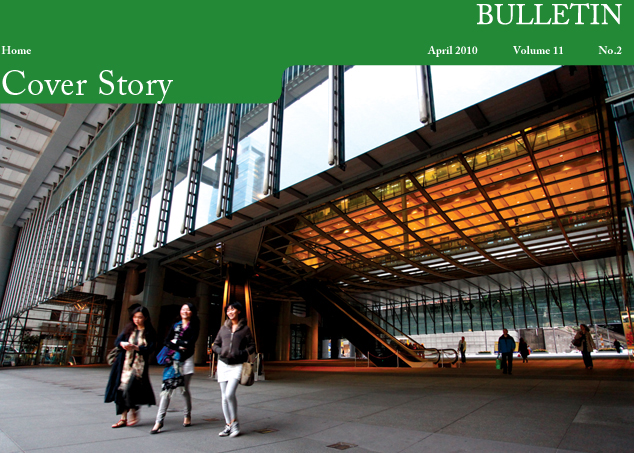
Creating open spaces at ground level, such as that in the HSBC Building, also increases a city's ventilation rate by two to five times.

"Scientists, when they look at cities, don't talk about ventilation or air cleaning, they talk about emissions. But historically, all the bad air pollution episodes are not due to a sudden increase in emissions, they are due to the reduced ability of ventilation," he says.
Cities, like buildings, need regular injections of fresh air to flush out heat and pollutants. Professor Li estimates Hong Kong itself is ventilated at 500-1,500 litres per person per second – only 20 per cent of that in Helsinki.
He has constructed computer simulation models for ventilation and hopes to get funding to test them in field experiments in smaller environments, such as around HKU or Mong Kok.
Knowing the ideal ventilation rate is one thing, though. How to ventilate is another. Smoothing the way for natural air flows could make a difference. Preliminary work by Professor Li's team shows air travels up buildings and mountain slopes during the day and down at night, bringing fresh air to street level.
Urban design could take advantage of this process. Alternating buildings of different heights can create more turbulent air flow at the top and increase the movement of air to the lower levels. Creating open spaces at ground level, such as that in the HSBC Building, also increases a city's ventilation rate by two to five times.
"These may not always be realistic but you can find tricks to improve ventilation. Certainly you could remove some of the signs hanging over the streets. Everybody can see the names on them but the wind is blocked at street level," he says.
Ultimately, he thinks sorting out ventilation could help in Hong Kong's development. "High-rise compact cities have the potential to be the most energy efficient places. Hong Kong is doing well, but it could do better. What we learn here could apply to other cities in Mainland China, India and so on, where most of the future growth in the world's cities will happen."